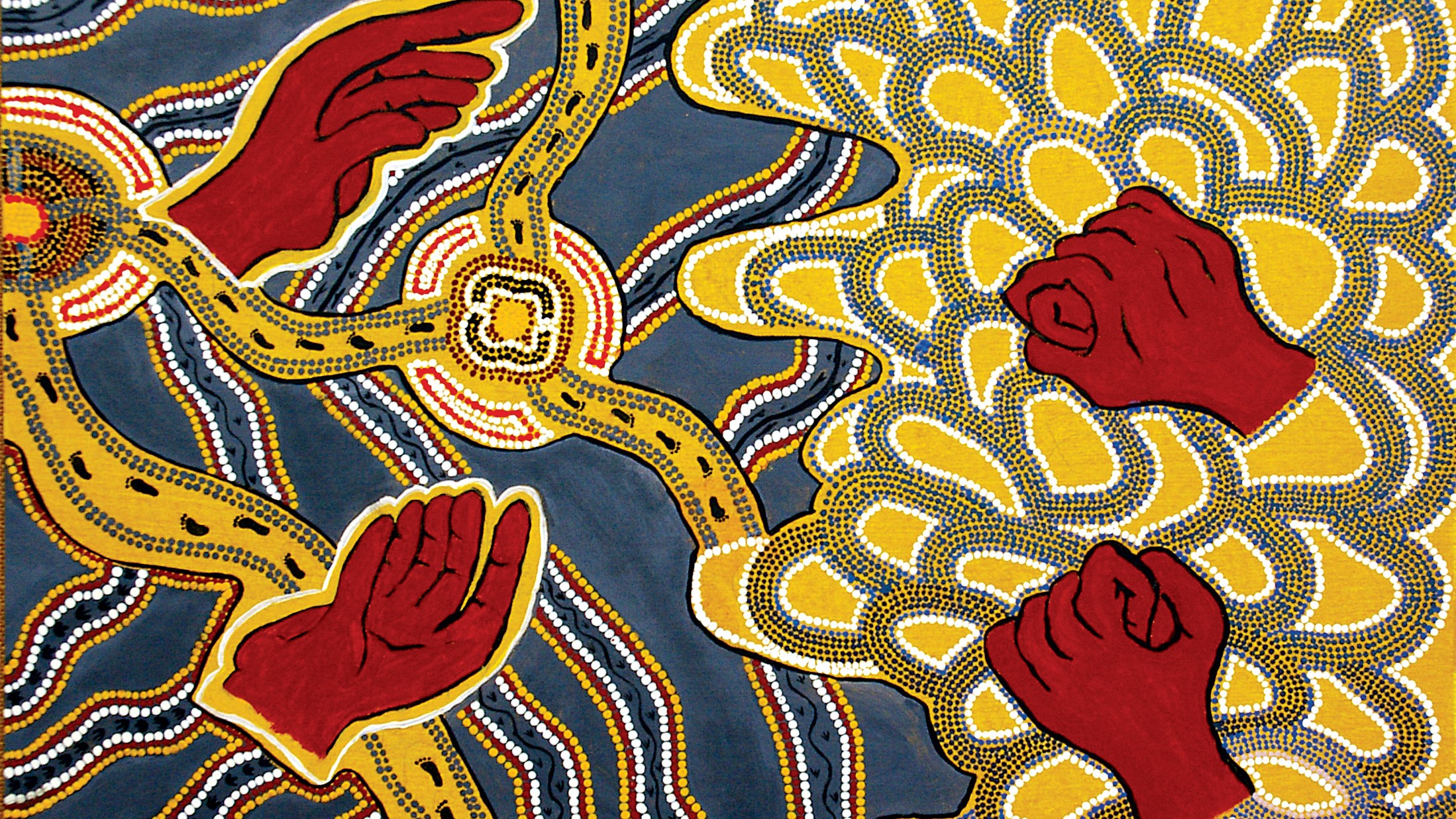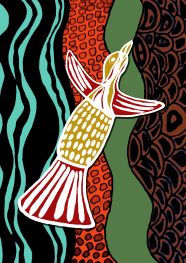Presentation Type
Presentation
Location
The University of Notre Dame Australia, Broome Campus
Start Date
30-8-2017 12:30 PM
Description
By its nature rock art is fixed in a unique topographic location from the time of its creation until it fades away. I am interested in why rock art is positioned where it is and what this means about the role of art production in society. Given the long duration since the time of production of some Kimberley rock art, the spatial distribution as we see it today has likely been heavily influenced by preservation factors, but by allowing for this we can understand its positioning as resulting from a combination of human and natural agency in terms of conscious site selection as well as being constrained by an especially dynamic environment.
The spatial distribution of a body of rock art is interesting in itself: it is a marker of past use of the landscape. But the main strength of an archaeological approach lies in what we can learn from how the spatial distribution changes over time. How does spatial change act as a proxy for understanding larger socio-environmental change over time? To this end I hope to compare the placement of motifs from two art phases: Gwion art, and Wandjina. Whilst dating is still uncertain, most Gwion art appears to have been produced during the Pleistocene (prior to about twelve thousand years ago). Wandjina art production appears to begin during the mid-Holocene (about five thousand years ago), and is a continuing tradition.
Recommended Citation
Smith, Stafford, "A Changing Landscape of Art: applying GIS to understand spatio-temporal variability in the rock art of Australia’s East Kimberley." (2017). Talking Heads Seminar Series. 9.
https://researchonline.nd.edu.au/nulungu_talkingheads/2017/schedule/9
A Changing Landscape of Art: applying GIS to understand spatio-temporal variability in the rock art of Australia’s East Kimberley.
The University of Notre Dame Australia, Broome Campus
By its nature rock art is fixed in a unique topographic location from the time of its creation until it fades away. I am interested in why rock art is positioned where it is and what this means about the role of art production in society. Given the long duration since the time of production of some Kimberley rock art, the spatial distribution as we see it today has likely been heavily influenced by preservation factors, but by allowing for this we can understand its positioning as resulting from a combination of human and natural agency in terms of conscious site selection as well as being constrained by an especially dynamic environment.
The spatial distribution of a body of rock art is interesting in itself: it is a marker of past use of the landscape. But the main strength of an archaeological approach lies in what we can learn from how the spatial distribution changes over time. How does spatial change act as a proxy for understanding larger socio-environmental change over time? To this end I hope to compare the placement of motifs from two art phases: Gwion art, and Wandjina. Whilst dating is still uncertain, most Gwion art appears to have been produced during the Pleistocene (prior to about twelve thousand years ago). Wandjina art production appears to begin during the mid-Holocene (about five thousand years ago), and is a continuing tradition.





